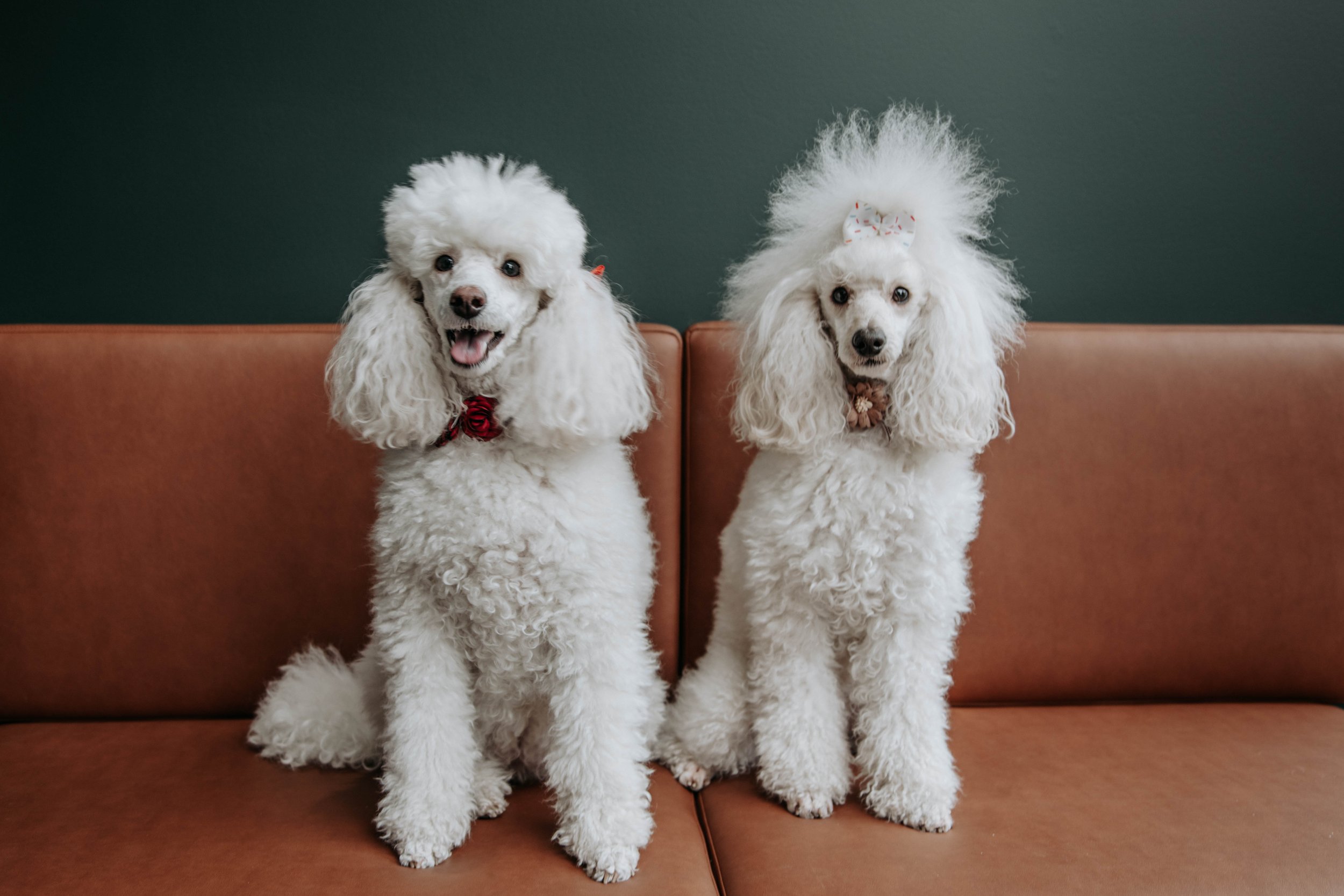
Dog & Cat X-ray Services
A pet x-ray is a diagnostic imaging technique that creates detailed pictures of a dog or cat’s internal structures.
Our digital x-ray system is a state of the art machine identical to those found in leading human hospitals.
It helps our veterinarians identify fractures, tumours, foreign objects, and other abnormalities in dogs and cats.
Animal x-rays are a quick and non-invasive way to assess your pet’s health and guide appropriate treatment decisions.
How do pet x-rays work?
Cat and dog x-rays work by using very low doses of radiation to create images of internal structures.
Radiation emission
The x-ray machine emits a controlled amount of radiation that passes through the pet’s body. Different tissues absorb the radiation at varying levels - bones absorb the most amount of radiation and appear white on the x-ray image, while softer tissues absorb less and appear grey. Air does not absorb any x-rays and appears black.
Image capture
The x-rays are captured on a digital detector placed on the opposite side of the body. This detector records the varying levels of radiation that pass through, thereby creating an image.
What can be diagnosed with a pet x-ray?
Fractures and injuries
Identifies broken bones, joint issues, and trauma-related injuries.
Tumours and abnormal growths
Detects masses or abnormal growths within bones or organs.
Foreign objects
Locates objects ingested or lodged in the digestive tract or other areas.
Heart and lung conditions
Assesses heart size, lung structure, and conditions such as fluid accumulation in the chest.
Dental problems
Reveals issues such as tooth root infections and jaw abnormalities.
Why would a veterinary practice suggest a pet x-ray?
Our vets might suggest a x-ray to diagnose injuries or evaluate organ size.
We also commonly use x-rays to help diagnose foreign bodies - otherwise referred to as gastrointestinal obstructions.
They also assist in assessing respiratory or cardiovascular conditions by providing detailed images of the heart and lungs.
What is involved in a pet x-ray?
Preparation
Your pet may need to be fasted for 8 hours prior to the x-ray.
Imaging
Most pets require sedation to ensure that are correctly positioned on the x-ray table. It is also imperative that they lay still. On some occasions a very brief general anaesthetic may be required.
Analysis
The x-ray images are reviewed by our general practice vets. We also have access to specialist radiologists who can report on the images - just like what happens in a human hospital.





